Dobronravova, Ignatova, Izvitskaya: tragic fates of famous actresses of the 50s
Categories: Celebrities | Cinema | World
By Pictolic https://pictolic.com/article/dobronravova-ignatova-izvitskaya-tragic-fates-of-famous-actresses-of-the-50s.htmlIn the 50s, Soviet cinema was experiencing another takeoff, but not all actresses were able to stay in this "flight".
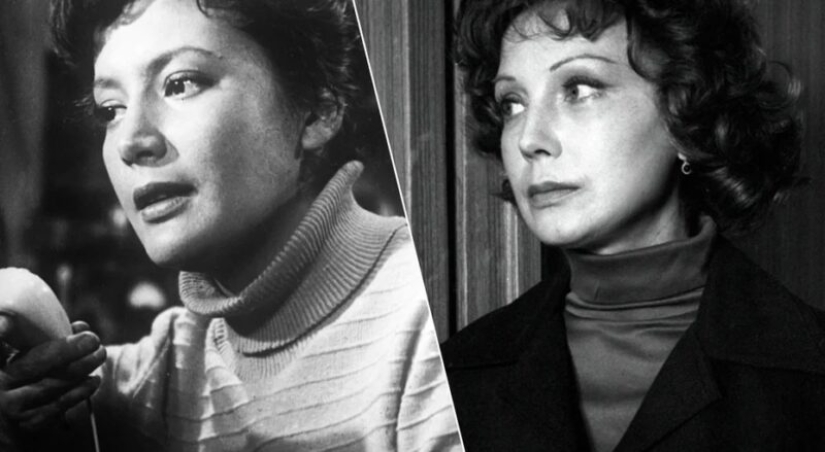
Elena was born on July 21, 1932. All her close relatives were actors, and she also dreamed of becoming an actress. She studied at the Moscow Art Theater studio school and the Shchukin School, won a prize at the Cannes Film Festival for the main role in the film "Big Family" ... and then everything went awry.
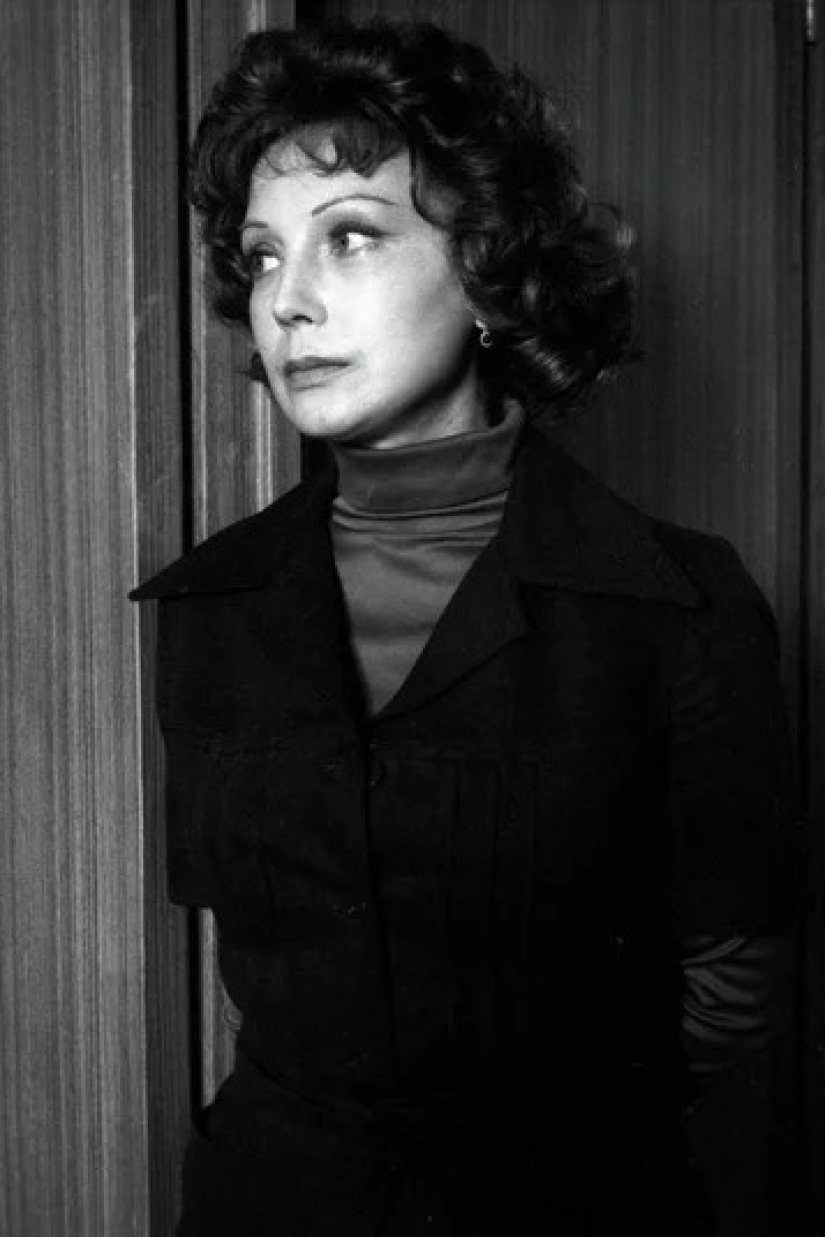
Since 1954, Dobronravova served at the Vakhtangov Theater, until 1980 she starred in films. But she was not trusted with the main roles. The reason for this was the arrogant nature of the actress. Striving to do "the best way", she clashed first with teachers, then with directors.
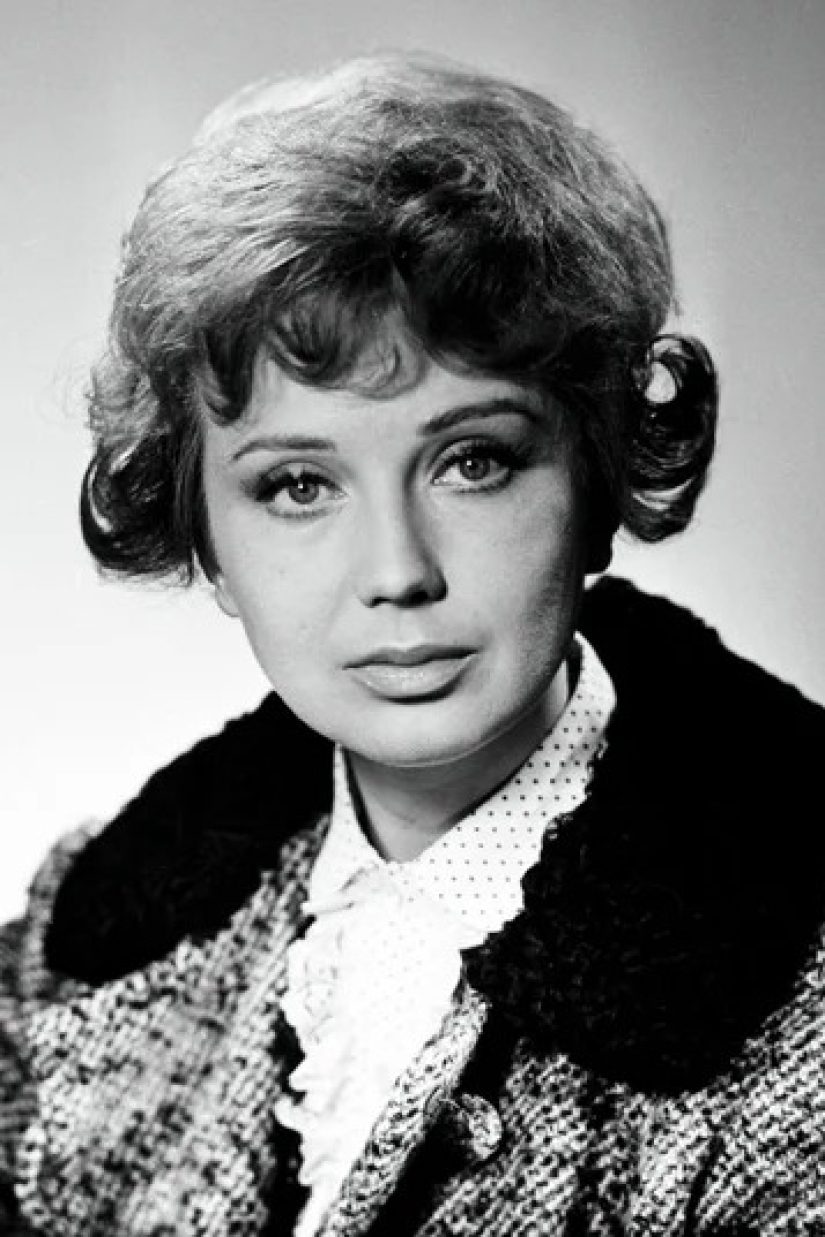
So she lost, for example, the main role in the film "Cranes are Flying" after being approved for the role: director Mikhail Kalatozov refused to work with a selfish actress, and the role went to Tatiana Samoilova. And this film, by the way, became the only Soviet film that received the Grand Prix of the Cannes Film Festival.
The actress fell into depression and for several years did not go on stage and did not act. She never got married because of too high standards in relation to men. After a small role in the film "Tehran-43", she quietly left the stage and died in obscurity on January 24, 1999.
The actress was born on September 26, 1934 in Moscow. Her father was a famous ethnographer who studied Yakutia, and called his daughter "the sun" in Yakut. Then he left Moscow for his beloved region, and her mother and grandfather were engaged in the upbringing of Kunna.
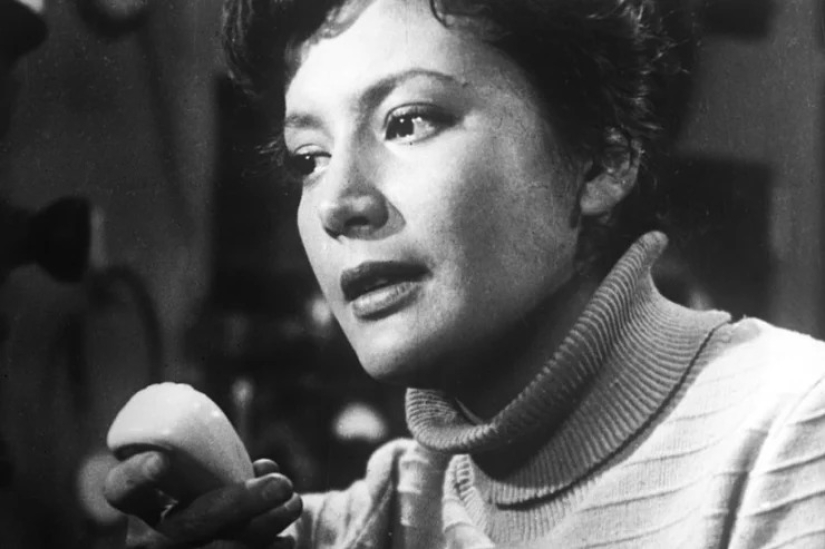
After school, Ignatova entered the Shchukin College, after which she starred in the films "Liana" and "The Long Way", and also began playing in the Drama and Comedy Theater.
In 1958, she gave birth to a son, Peter, from actor Vyacheslav Sokolov, and after that she had an affair with director Vladimir Belokurov. She was not confused by the 30-year age difference and the fact that her lover asked her to go to the Moscow Art Theater.
Since then, the actress has hardly acted in films, and she has appeared on the theater stage infrequently. Friends believed that Belokurov specifically keeps his young wife with him. In 1971, she became interested in the young actor Alexander Dick and left her elderly, sick husband. However, this did not help her career: they actually forgot about Kunna, there were only a few roles left in the Moscow Art Theater.
The actress' son recalled that strangers began to appear at home, Kunna often drank with them, and once they tried to take away her apartment.
On February 18, 1988, she did not appear at the rehearsal at the theater, colleagues became worried and the next day they broke down the door. Ignatova was lying on the floor unconscious, died in the hospital two days later. The official reason is an aneurysm, but some believe that she tried to commit suicide because of a failed career.
The actress was born on June 21, 1932 in Moscow, soon the family moved to Dzerzhinsk, Nizhny Novgorod region — her father worked there. The girl had acting abilities since childhood, so after graduating from school, she returned to Moscow and entered the VGIK on the first attempt.
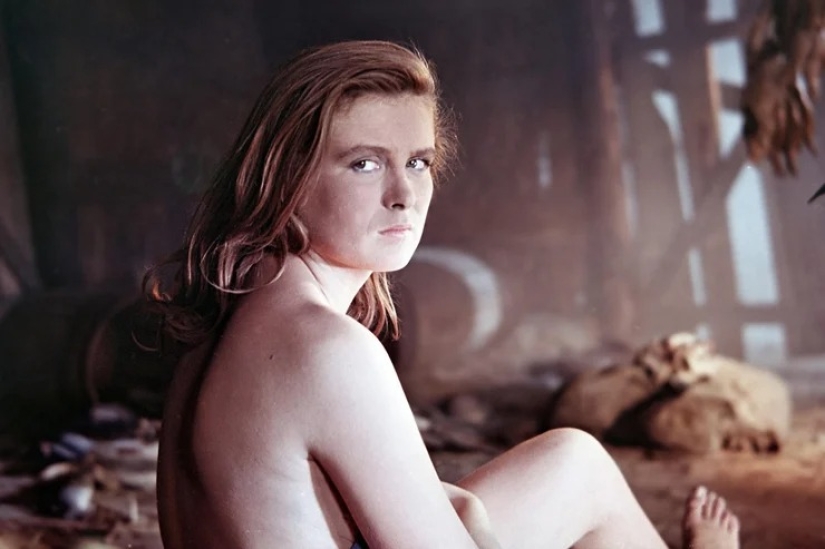
She began acting in films during her studies, the most famous role was Maryutka in the film "Forty-first" (1956). After that Izvitskaya became famous throughout the Union. At the Cannes Film Festival, the film received a special prize for humanism.
After great success, she starred in two dozen more films ("A Man with a Future", "Armageddon", "On Thin Ice" and others), but not in the main roles. Gradually, they forgot about her, which made Isolde extremely upset. She sought solace in alcohol, which she consumed together with her husband, actor Eduard Bredun. But in early 1971, her husband left her and went to live with a mutual friend.
Isolde's life ended tragically. Her body was found in the apartment on March 1, 1971, by which time the actress had been dead for at least a week. The cause of death is physical exhaustion and alcoholism.
Keywords: Actresses | Interesting | Selection | Soviet cinema
Post News ArticleRecent articles

When it comes to unsolved crimes, they usually mean different things. In addition to the identity of the attacker, there may be an ...

We present to your attention the top ten most unusual alcoholic beverages in the world. And if such drinks are brewed, it means ...
Related articles

There is no doubt that the hands of these guys grow out of nowhere. But the imagination is clearly a problem… After all, for some ...

For the audience the film is two hours of action and fun. But for the kinodela is the work, the complexity of which many are not ...

Modern man is difficult to surprise with cart for supermarket or table lamp, which is able to rotate in different directions. Yeah, ...

Often, actors in films have to drink or even use illegal drugs. And if all these substances were real, given the number of takes, ...